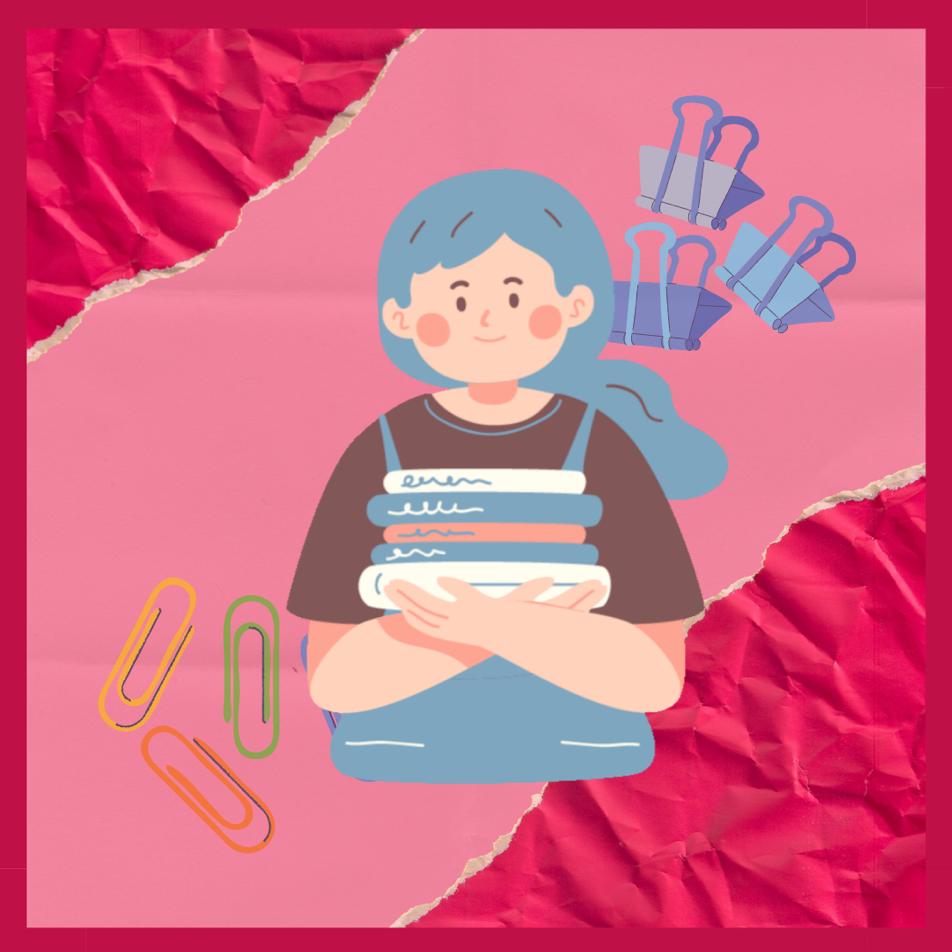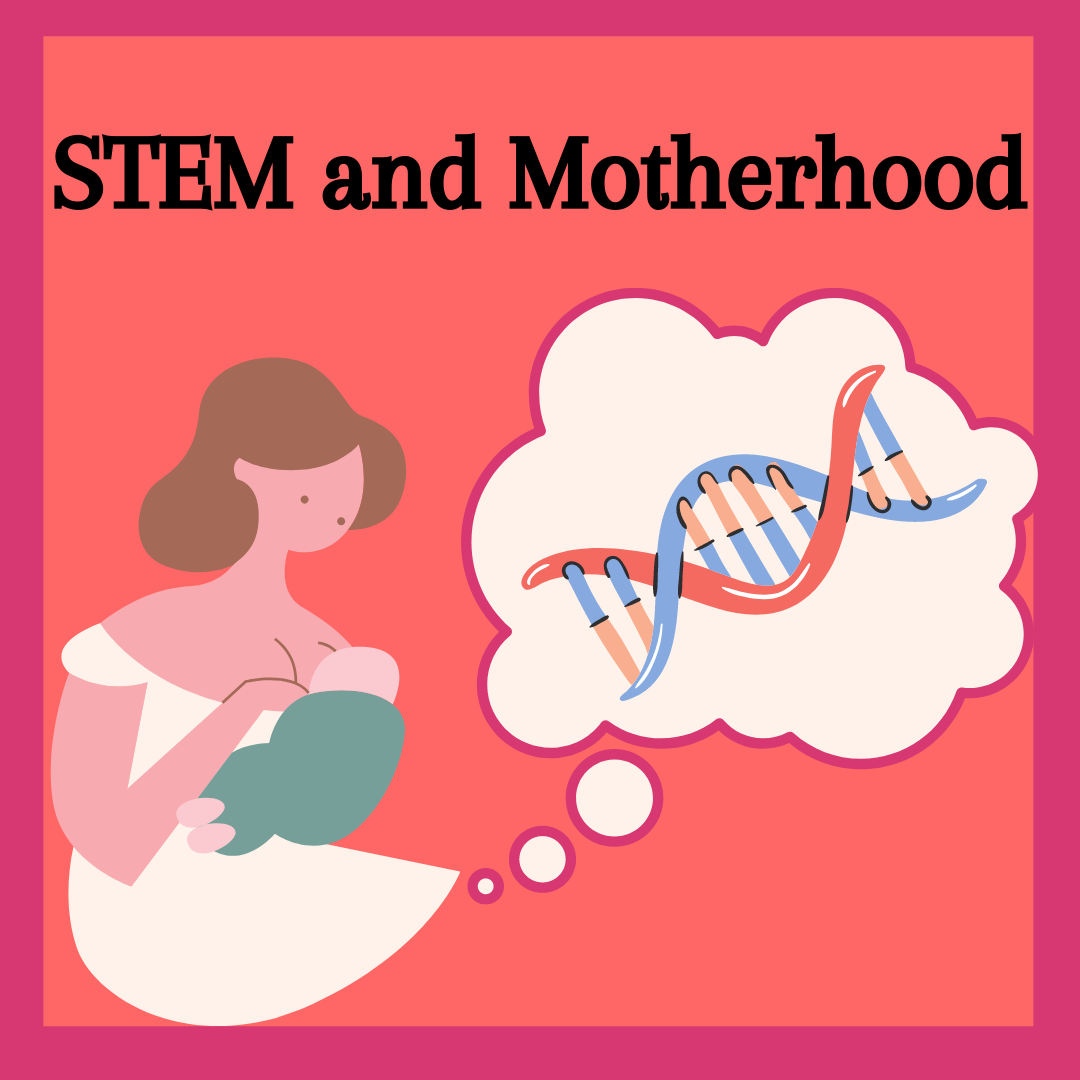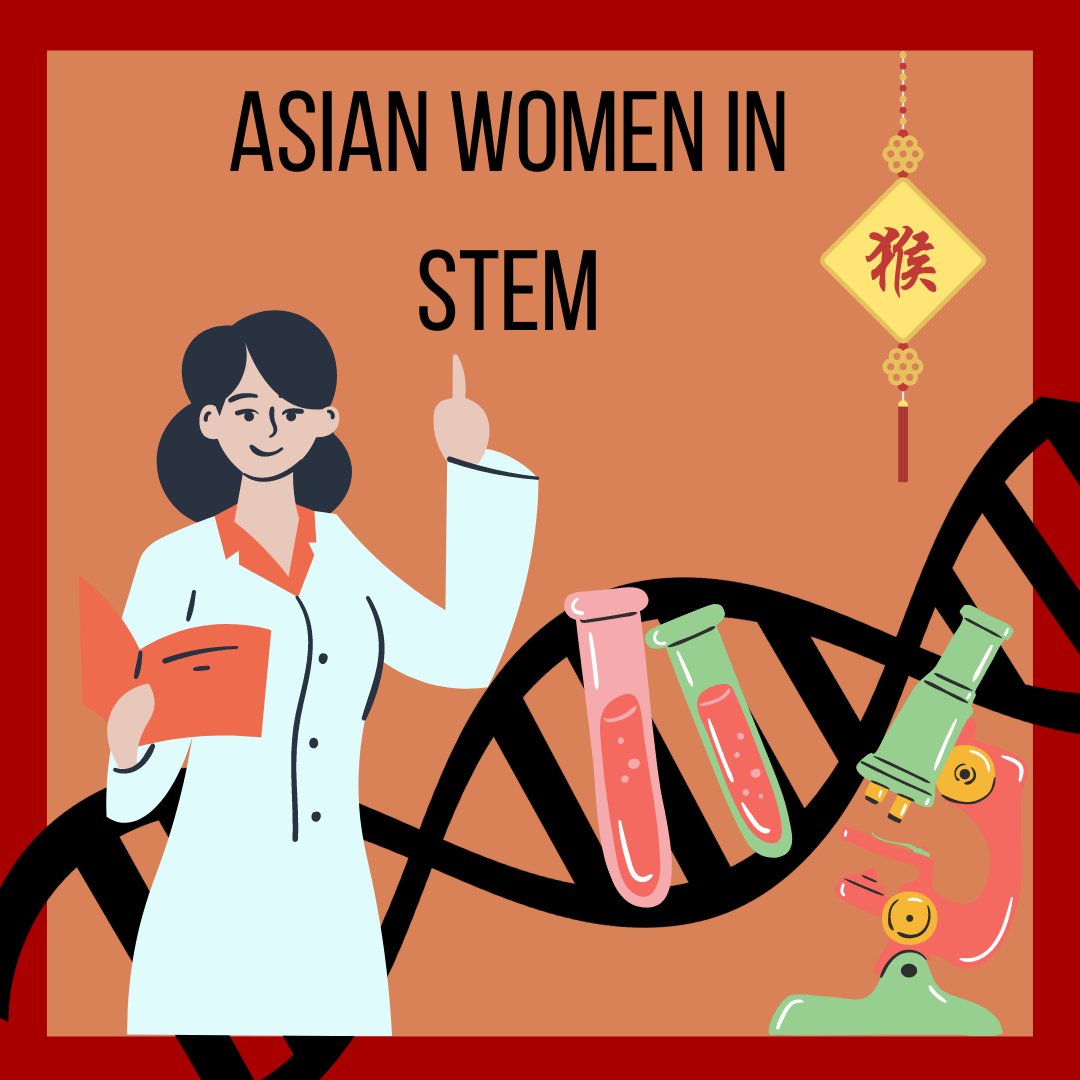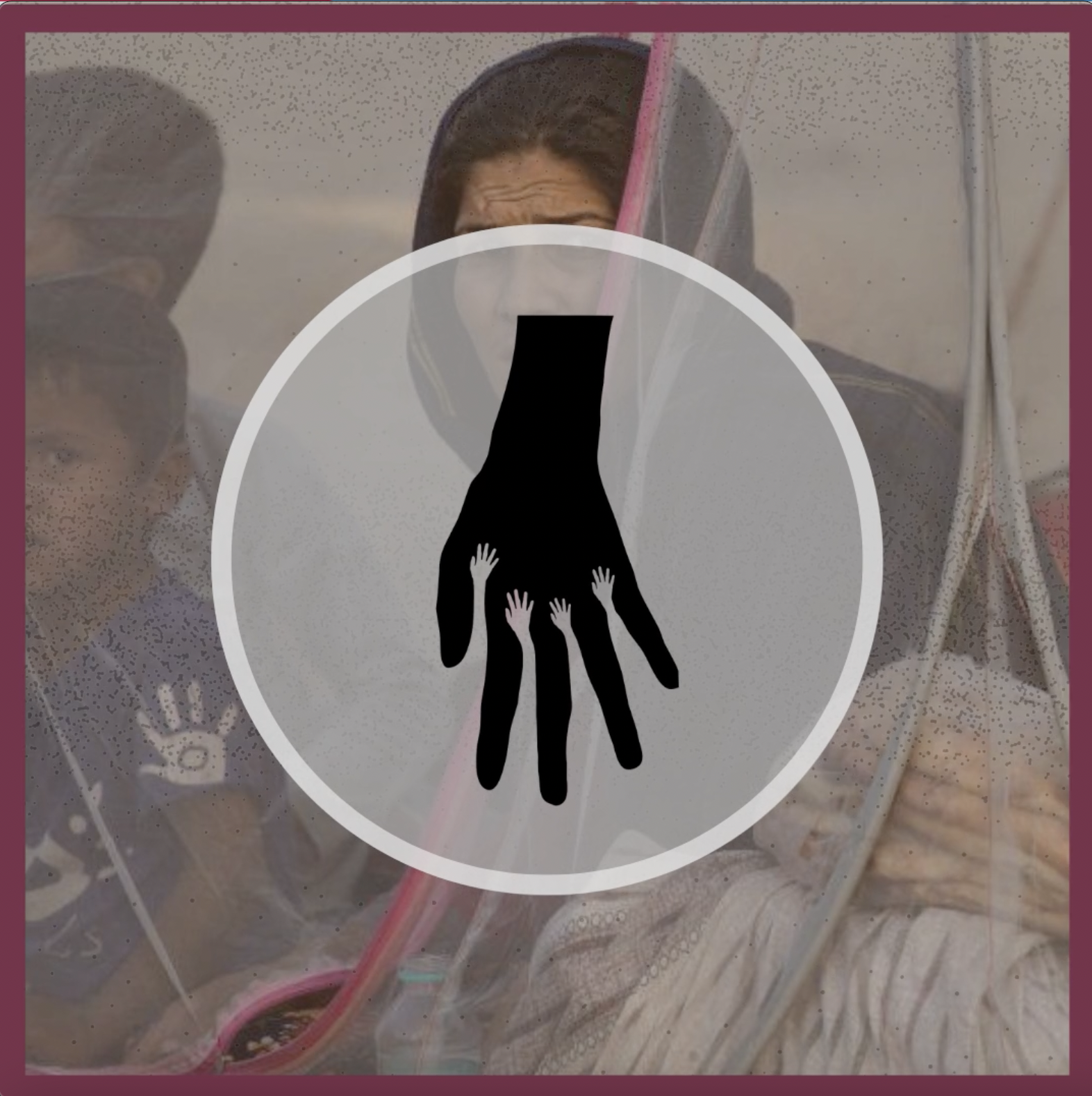Because of the last year of quarantine, people have become used to spending time with themselves. Usually, we spend this time binging a new show, re-watching a famous movie, or reading a favorite book. Media like shows, literature and movies play a huge role in shaping us as people. They change our opinions on topics by showing us a different perspective, or reaffirm what we already believe in. Most importantly, they tell us stories about lives that we won’t lead ourselves. They are a way of experiencing more than we otherwise would. Here are a few books you can read to experience the extraordinary lives of Women in Science in literature.
“I read so I can live more than one life in more than one place.“
– Anne Tyler
Lab Girl by Hope Jahren

This Autobiography written by the acclaimed scientist and paleo-biologist Hope Jahren is a beautiful story about a woman who moved mountains. Scattered anecdotes throughout the memoire bring us a personal perspective into the life of a woman who found solace in science. We journey with her through her exploratory childhood, one spent with headstrong parents in various science labs. Jahren’s genes had science bred into them, and she talks about how it helped her form relationships throughout her life.
One of the strings threaded throughout this autobiography is the story of the friendship that grows between Jahren and her genius but aggrieved lab partner, Bill. This book portrays their growth as people beautifully as they both embark on their scientific journeys together. Travelling through the United States, going all the way to the North Pole, and then back down to tropical Hawaii, their thirst for science never ends, their journey ongoing.
Hope Jahren received her PhD at UC Berkeley. Her journey as a woman in science began in Georgia Institute of Technology; after which she went on to Johns Hopkins University. She is one out of only four scientists to have received both the Young Investigator Medals given in the Earth Sciences, and the only woman to do so. Her thrilling life of exceptional achievements makes her story that much more interesting to read. This book is a true example of literature about women in science!
“Science has taught me that everything is more complicated than we first assume, and that being able to derive happiness from discovery is a recipe for a beautiful life.”
– Hope Jahren, Lab Girl
The Girls of Atomic City: The Untold Story of the Women Who Helped Win World War II by Denise Kiernan

The untold efforts of women have propelled every major historical event in human history. We are always in the story, but we are never in the books. Be it the moon landing or winning the world war, our stories are always left untold. But Denise Kiernan took it upon herself to tell the stories of the women who worked in the “Atomic City of the United States”.
This book highlights the reality of the work that thousands of women put into winning WWII; all the while not being told about what they were working towards. These women worked on enriching the Uranium that would eventually be used for the Hiroshima atomic bomb, but because of the great amount of security and confidentiality, they didn’t know what their work was going to be used for.
The suspense and mystery shrouding this piece of literature is what is felt by the women in science it portrays.
This book also covers the ingrained and intrinsic racism of the time. It follows the story of a black, female janitor, and the discrimination and prejudice that she faced. This book is based purely on interviews, conducted by the author, of the women who worked in the Atomic City, a.k.a Oak Ridge. Oak Ridge was the Area 51 of their time. Its secrets were so heavily guarded that even the residents didn’t know the entire truth of what was happening there. But their stories as Women in Science achieving something that had never been achieved before still hold strong.
“They fought to smile through the lines and the mud and the long hours, dancing under the stars and under the watchful eyes of their government, an Orwellian backdrop for a Rockwellian world.”
– Denise Kiernan, The Girls of Atomic City: The Untold Story of the Women Who Helped Win World War II
The Other Einstein by Marie Benedict

By now, you should be familiar with the name Mileva Maric. And if you’re not… where have you been?
The Other Einstein is a narrative from the perspective of the genius and extraordinary Mileva Maric, otherwise known as Albert Einstein’s first wife. It follows her journey as the only female Physics student in her class, and flows into her life and relationship with Albert Einstein. As a student, she would always achieve higher marks than Einstein ever did, and many believe that she had a lot to add to his research paper on General Relativity.
This book emphasizes one primary and age old struggle faced by women in science; family or career?
It portrays the way Einstein and other men intentionally shut Maric out from getting credit on the work that she did on General Relativity. This is why literature like this is so important, because it portrays women in science when no other platform will. This book shows how her relationship with Einstein deteriorated from one of mutually respected intellect to one of abusive neglect. Maric soon became more of a caretaker for Einstein than the partner she began as. This is, unfortunately, a very common story for women in science.
“In trying to be strong and not let a man swerve me from my path, I’d actually let a man dictate my course.“
― Marie Benedict, The Other Einstein
The Thrilling Adventures of Lovelace and Babbage by Sydney Padua

Do biographies usually bore you? Then this book is just for you. Although it follows the very real lives of Charles Babbage and Ada Lovelace, its hilarious twists and turns make it an exciting read. Ada, Countess of Lovelace, is the first person, yes, person, not woman, to have come up with an appearance of the general computing theory, a hundred years before the actual computer was built. And no, this is not fiction.
Unfortunately, before Ada and Babbage could properly start working on this project, Ada died of cancer. Without the brains of his operation, Babbage never continued this work, and the project was discarded.
But thank god for alternate universes.
Sydney Padua brings us the alternate reality where Ada, Countess of Lovelace, lived, and she and her partner built the first computer in the 1800s. This novel integrates adventure, humor, and thrilling discoveries into a story that portrays Women in Science at a time where women were not even allowed an education.
“I am more than ever now the bride of science. Religion to me is science, and science is religion.”
― Ada Lovelace
The Calculating Stars (Lady Astronaut #1) by Mary Robinette Kowal

And finally, a science fiction book centered around women. Haven’t heard of one of those in a while have we? Did you know that modern science fiction as a genre was actually conceived by a woman? No, seriously, the first great science fiction novel is said to be the famous Frankenstein, by Mary Shelley. She really did mark the start of an era.
After a meteorite collides with Earth in the year 1952, the planet is threatened by an impending climate disaster (we know all about that, don’t we). The race to make space (or more specifically, the moon) hospitable to humans takes on a new pace as countries rush to make space travel possible. This means they hire anyone and everyone to make it happen. But there’s a catch: they will only send men to the moon.
Elma York is a WASP pilot and mathematician, who gets recruited to this impossible mission. Working with other experienced and brilliant women makes her realize: she should also be able to go to space too.
And hence begins her journey as she tries her absolute best to break societal barriers to become the first Female Astronaut. Because apparently, the end of the world doesn’t mean the end of sexism.
“It’s hard to convince people that catastrophic weather changes are coming on a nice day.”
― Mary Robinette Kowal, The Calculating Stars (Lady Astronaut #1)
Let there be more…
Reading about and educating ourselves about the revolutionary advances in science made by women is one of the main ways of erasing gender discrimination in the sciences. But more importantly, we should make women in science a common appearance in literature. Children should be growing up reading about women working in labs and going to space. This way, we will raise a generation that has no ingrained ideals of sexism, but one that understands the intrinsic equality that everyone is born with, regardless of gender. We hope you enjoy getting through this reading list portraying women in science.
“Women in Science? Shocker, We Exist!” 🙂
If you like this post, you might like some of out other work too!
- March 2022
- August 2021
- July 2021
- June 2021
- May 2021
- April 2021
- March 2021
- February 2021
- January 2021
- December 2020
- November 2020
- October 2020
- September 2020
- August 2020
- July 2020
- June 2020
- May 2020
Subscribe to help us keep you updated each time we post something new!




Leave a Reply